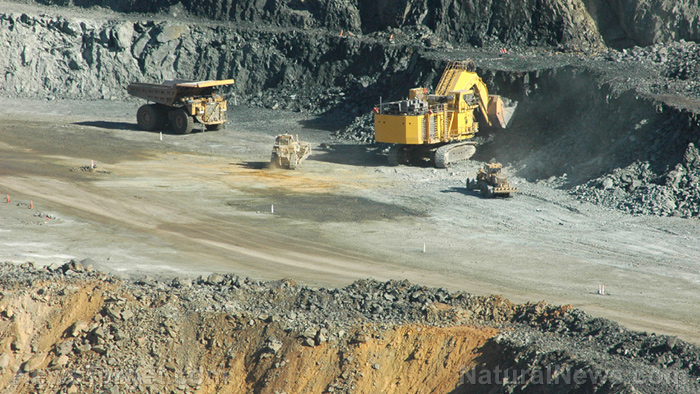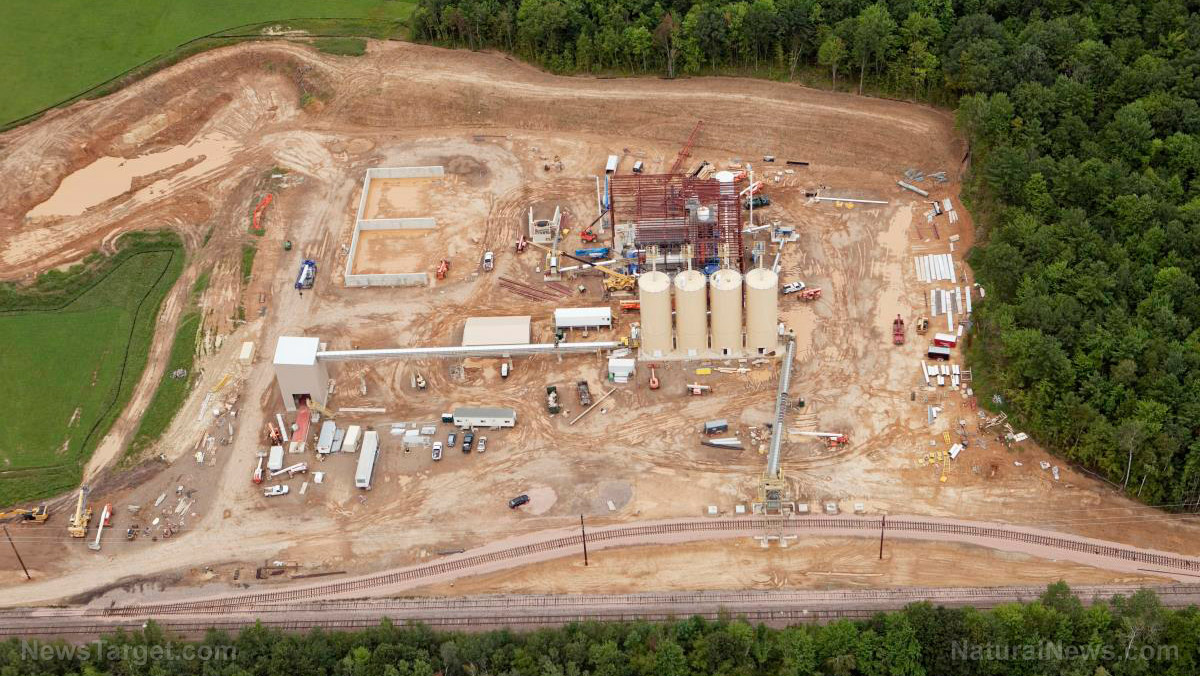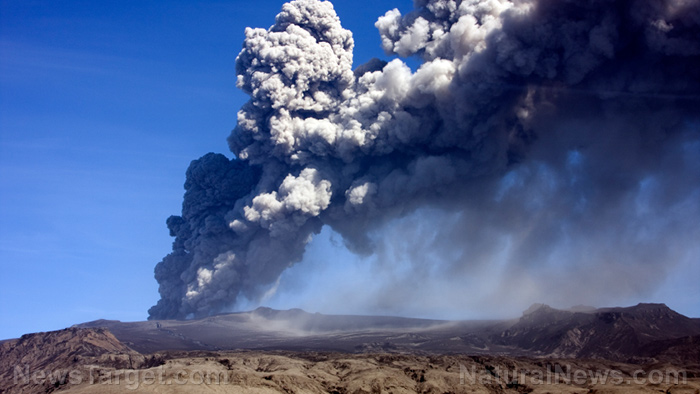Renewable energy’s hidden cost: High-tech mining wreaks environmental havoc
06/18/2025 / By Willow Tohi

- Global metal extraction quadrupled since 1970, fueled by renewable energy demands.
- Study links mining to water pollution, biodiversity loss and deforestation in sensitive zones like rainforests and deserts.
- Top five countries (Russia, China, Australia, U.S., Indonesia) account for 50% of global mining areas.
- Renewable energy projects require six to nine times more minerals than fossil fuel technologies.
- Experts urge sustainable mining practices and stronger policies to balance progress with environmental stewardship.
In a stark reminder of the unintended consequences of renewable energy adoption, a new study warns that the global rush for lithium, copper and rare earth minerals to power wind turbines, solar panels and electric vehicles is causing irreversible environmental damage. Researchers from universities in Austria, Australia, Germany and the U.S. found that metal extraction has nearly quadrupled since 1970, with mining now threatening ecosystems, contaminating water supplies and displacing communities worldwide. Published in Nature Reviews Earth & Environment, the study underscores a critical dilemma: the clean energy transition cannot be sustained if it replicates the ecological exploitation of the fossil fuel era.
But critics argue these projects threaten pristine landscapes, Indigenous lands and water resources. “The renewable revolution is built on a foundation of extraction (blowing up mountains), and that has real costs,” said Scott Odell, an MIT researcher studying mining and climate policy, referencing toxic sludge from copper mines in Chile’s Atacama Desert.
Rising demand, rising destruction
Over the past five decades, global metal extraction hit 9.4 gigatonnes in 2022, a nearly fourfold increase from 2.7 gigatonnes in 1970. Regions like Oceania saw mineral extraction rise by a staggering 1,222%, while South America’s growth rate topped 929%, driven by lithium deposits in Bolivia and copper in Chile. The study notes that renewable energy technologies — such as solar panels and EV batteries — require significantly more minerals than traditional power systems. Electric vehicles, for instance, need six times the minerals of gas-powered cars, while wind farms demand nine times the metals of gas plants.
The environmental toll is severe. Mining now occupies 100,000 km² globally, with half of these sites concentrated in five countries: Russia, China, Australia, the United States and Indonesia. Tropical rainforests and desert ecosystems — already fragile — are hardest hit. In the Democratic Republic of Congo, cobalt mining has left children toiling in unsafe mines, while lithium extraction in Chile’s Atacama has siphoned water from nearby Indigenous communities, drying up rivers. “These regions are ecological pressure points,” the study explains. “Mining is eating them alive.”
The concentrated cost of global supply chains
The study reveals another critical fracture: mining is extremely centralized. Just five global producers control 82.7% of supply for most high-demand metals, meaning environmental harm is disproportionately multiplied in already vulnerable regions. For example:
- Australia supplies 52% of global iron ore and 45% of diamond exports.
- China dominates rare earth minerals (90% of global output).
- The U.S. holds 8% of global lithium reserves but plans a surge in Nevada’s lithium extraction to reduce reliance on foreign imports.
Supply chain demands mean mining’s footprint will only grow. Renewable energy systems rely on 35–350 times more minerals per unit of energy than fossil fuels, yet just 13% of mining projects incorporate environmental impact assessments. As MIT’s Odell notes, “We’re scaling up renewables, but not scaling up accountability.”
A historical echo: The perils of overreach
This is not the first time energy transitions have collided with ecological limits. In the 19th century, coal mining poisoned waterways and flattened landscapes. The oil boom similarly left scars — spills and deforestation — from Texas to Venezuela. Now, as nations pivot to renewables, history repeats: lithium projects in Nevada’s Clayton Valley, promoted as “green,” have already triggered protests over groundwater depletion and habitat destruction.
“Renewables were sold as a cure-all, but they’re using the same old mining playbook,” said Tom Harris, an energy policy analyst with the International Climate Science Coalition. “Politicians want ‘clean’ energy but ignore the blood on the supply chain.” The study echoes his critique, urging governments to enforce strict environmental protocols, reform supply chain oversight and fund recycling programs to reduce reliance on raw minerals.
A path forward without compromise
The stakes are existential. As climate scientists warn of a planet nearing dangerous warming thresholds, the world cannot halt renewables development — yet neither can it let mining ravage ecosystems. “Solutions exist,” said lead author Stefan Giljum of Vienna’s Institute of Social Ecology. “Recycling metals, supporting small-scale mining and stopping subsidies for open-pit pits can tilt the scales.”
For conservatives advocating energy freedom, the challenge is to champion true innovation: policies that incentivize responsible mining, such as tax credits for companies using closed-loop water systems, and penalties for firms violating land rights. “Energy independence and environmental stewardship aren’t rivals — they’re allies,” remarked U.S. Senator John Barrasso (R-WY) in a recent Senate committee hearing.
The message is clear: Renewable energy must prove it’s greener than its fossil-fuel predecessors, not just in carbon counts, but in the landscapes and lives it upholds.
Sources for this article include:
Submit a correction >>
Tagged Under:
Ecology, energy supply, environ, green living, Green New Deal, green tyranny, metals, minerals, mining, raw materials, renewable energy, research, supply chain, truth
This article may contain statements that reflect the opinion of the author
RECENT NEWS & ARTICLES
COPYRIGHT © 2017 METALS NEWS



















